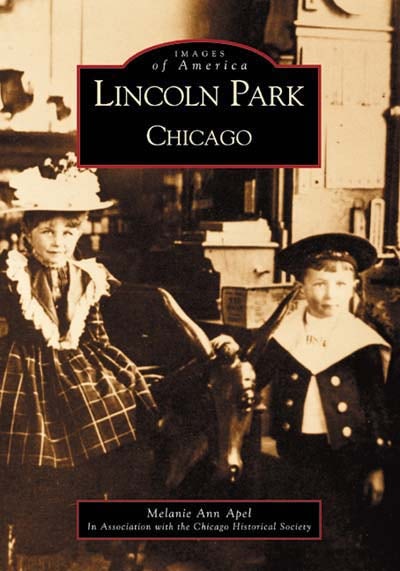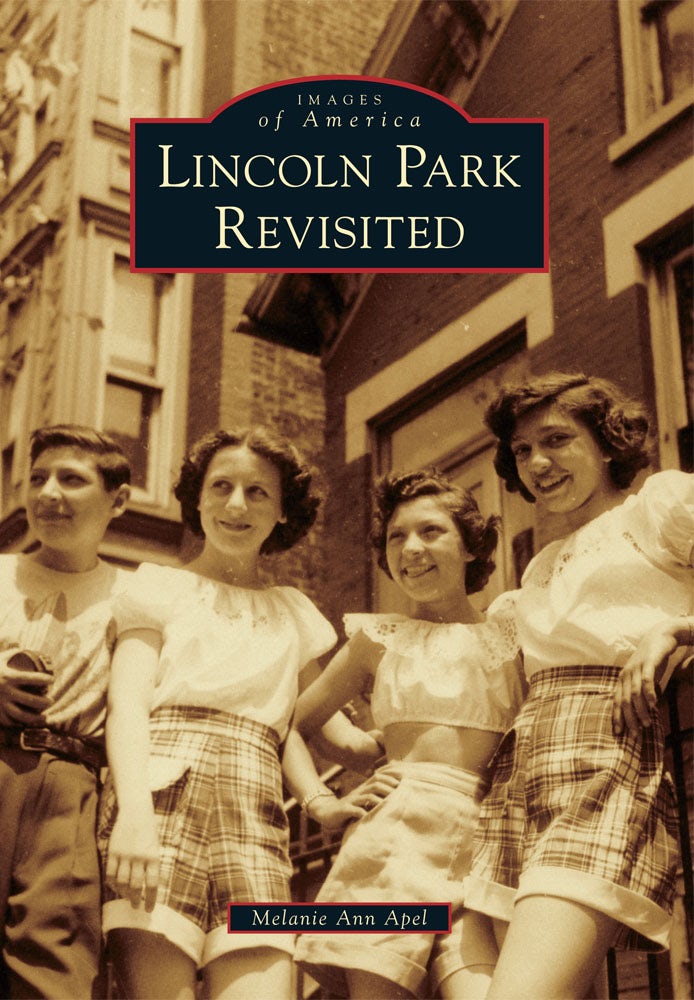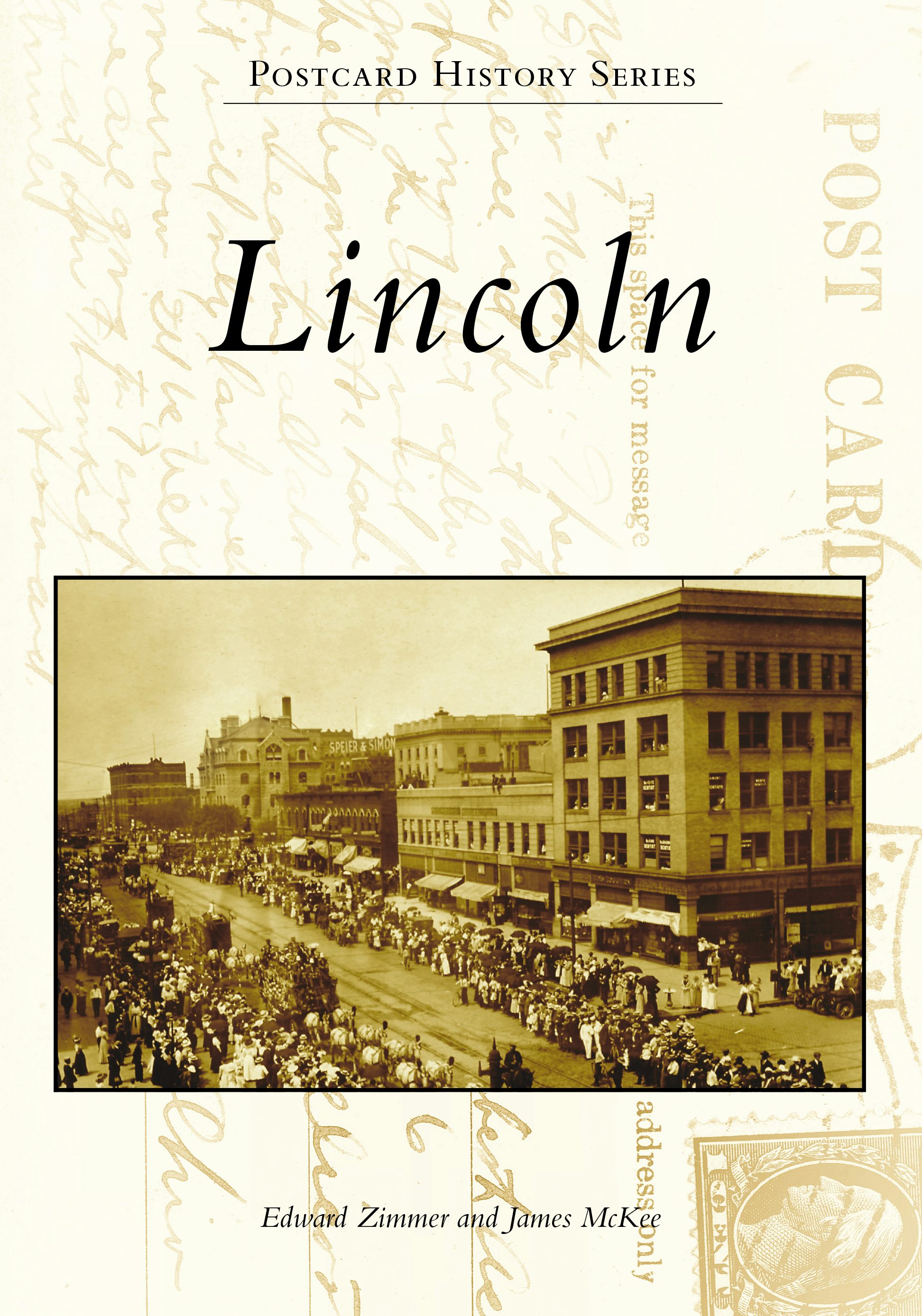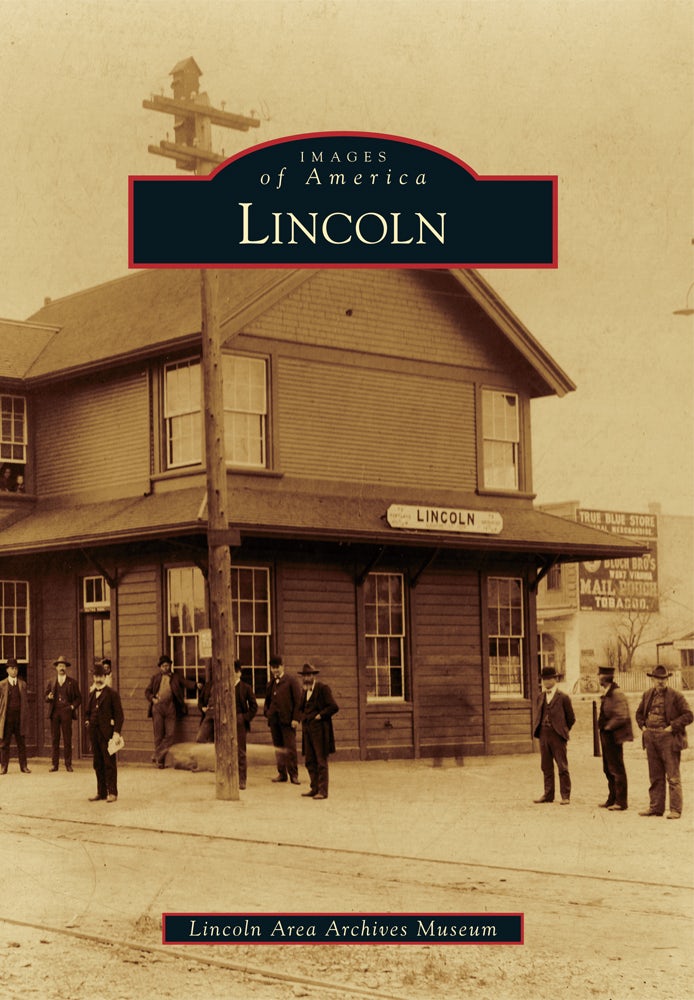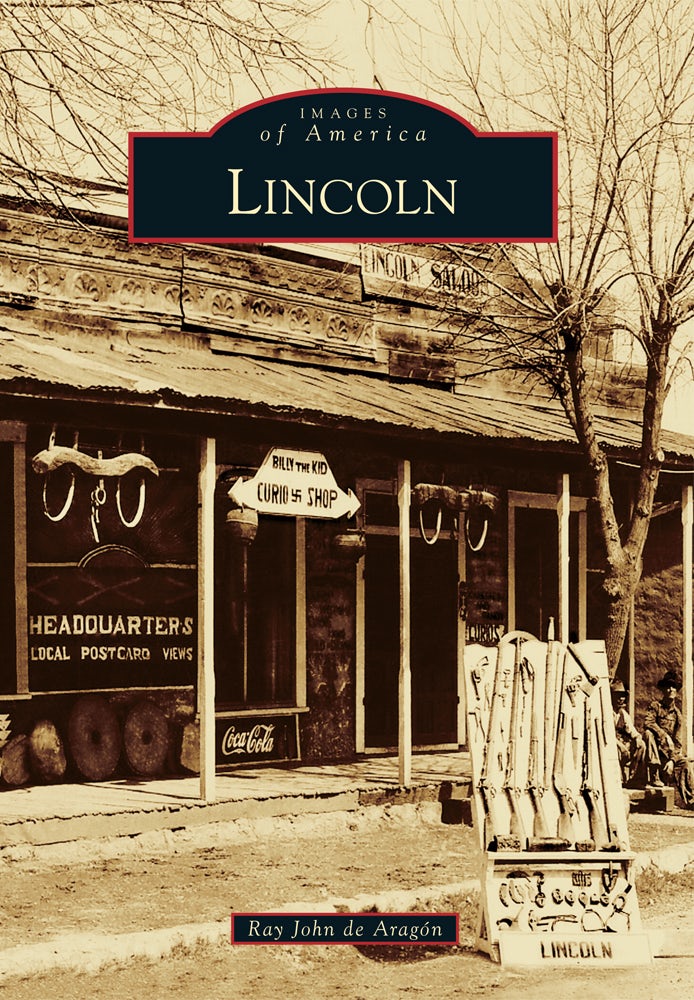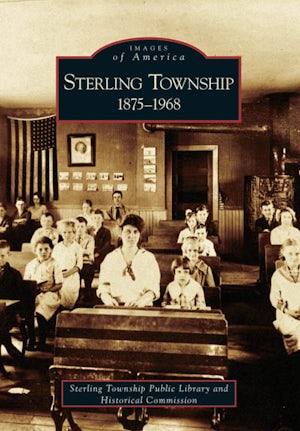
Sterling Township, located about 18 miles northeast of Detroit, was first settled after the Erie Canal was opened. The rich soil, relatively flat land, and the vital Clinton River attracted pioneer and immigrant families who arrived to establish farmsteads. The first influx of immigrants came mainly from the British Isles, and by the 1870s, German
families had flocked to the area, raising dairy cattle and
establishing farms. Belgians, arriving in the early 1900s,
developed truck farming--growing fruits and vegetables
to sell every week at the farmers' market in Detroit. Farm Read More
families had flocked to the area, raising dairy cattle and
establishing farms. Belgians, arriving in the early 1900s,
developed truck farming--growing fruits and vegetables
to sell every week at the farmers' market in Detroit. Farm
Format: Paperback
families had flocked to the area, raising dairy cattle and
establishing farms. Belgians, arriving in the early 1900s,
developed truck farming--growing fruits and vegetables
to sell every week at the farmers' market in Detroit. Farm


